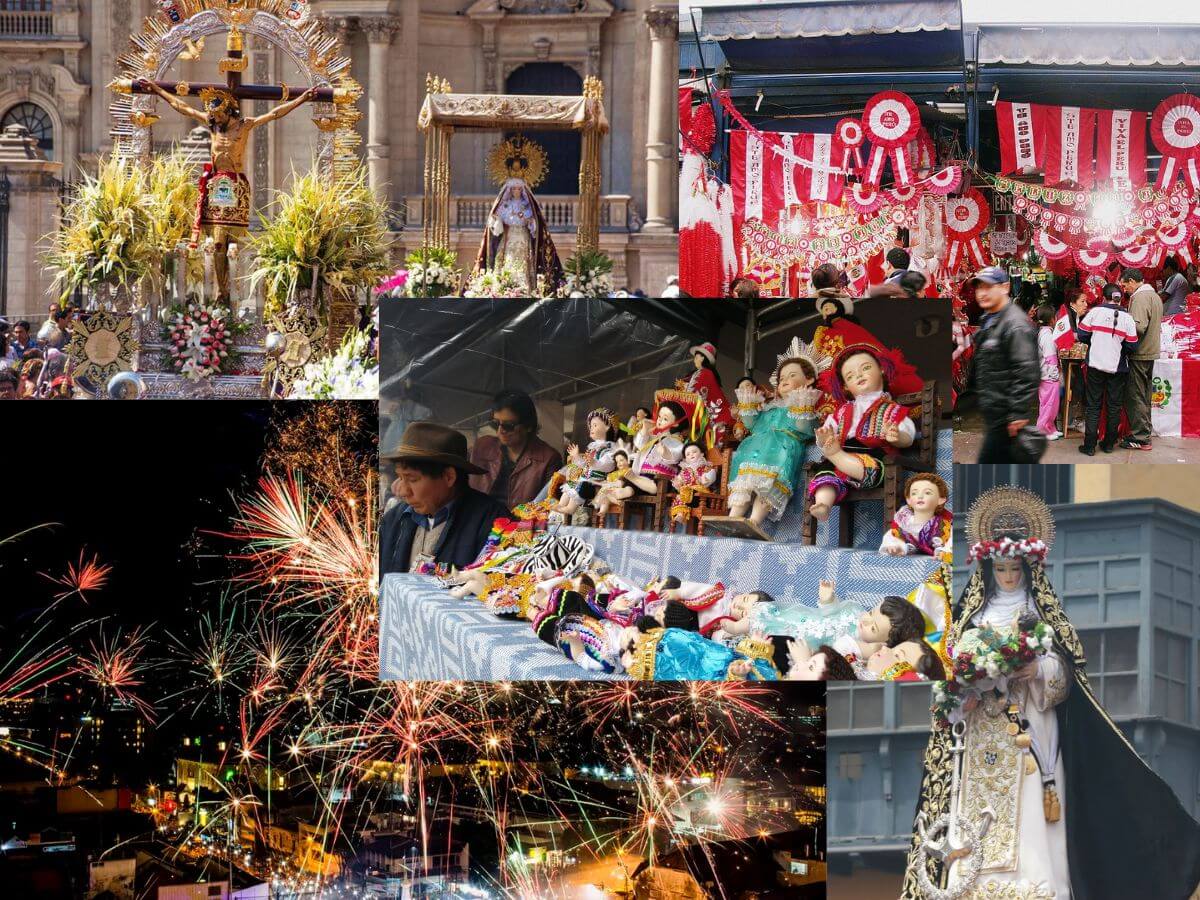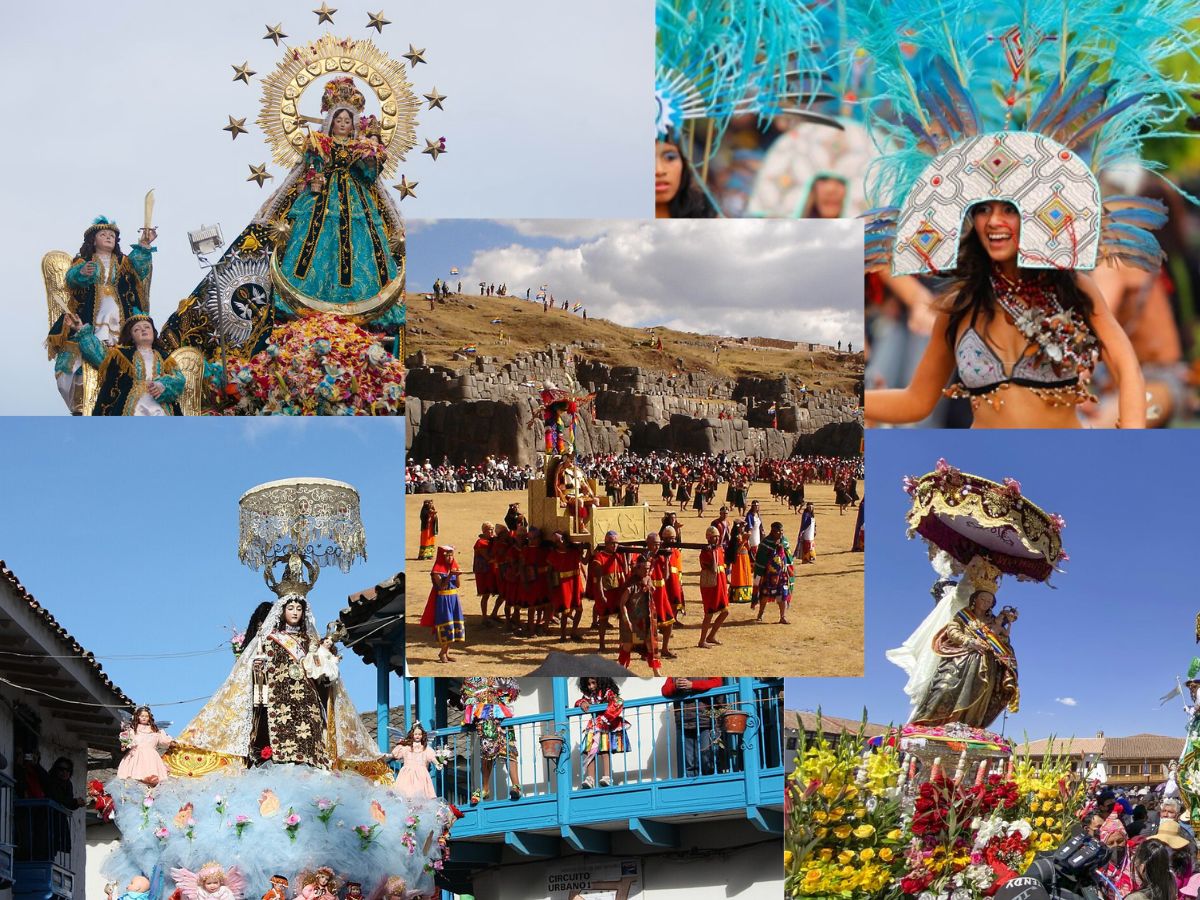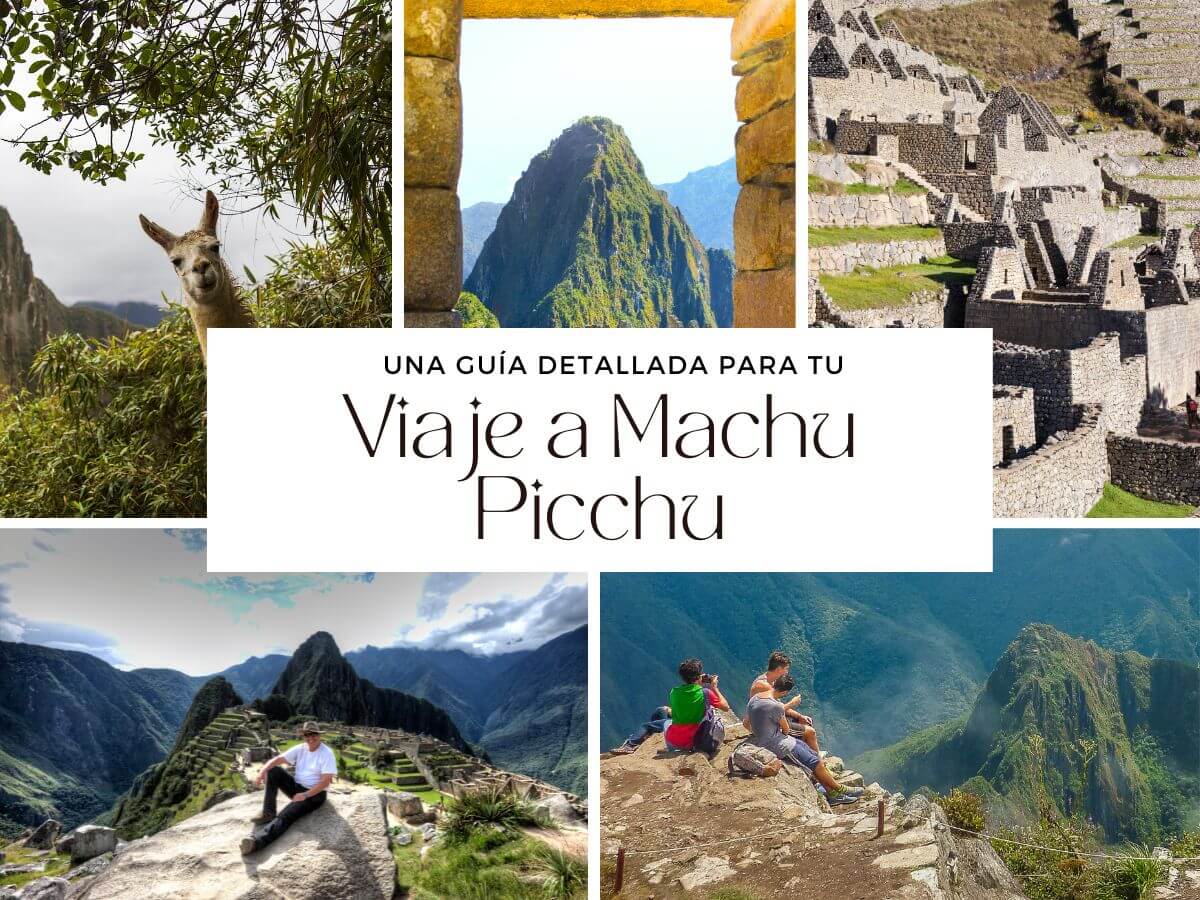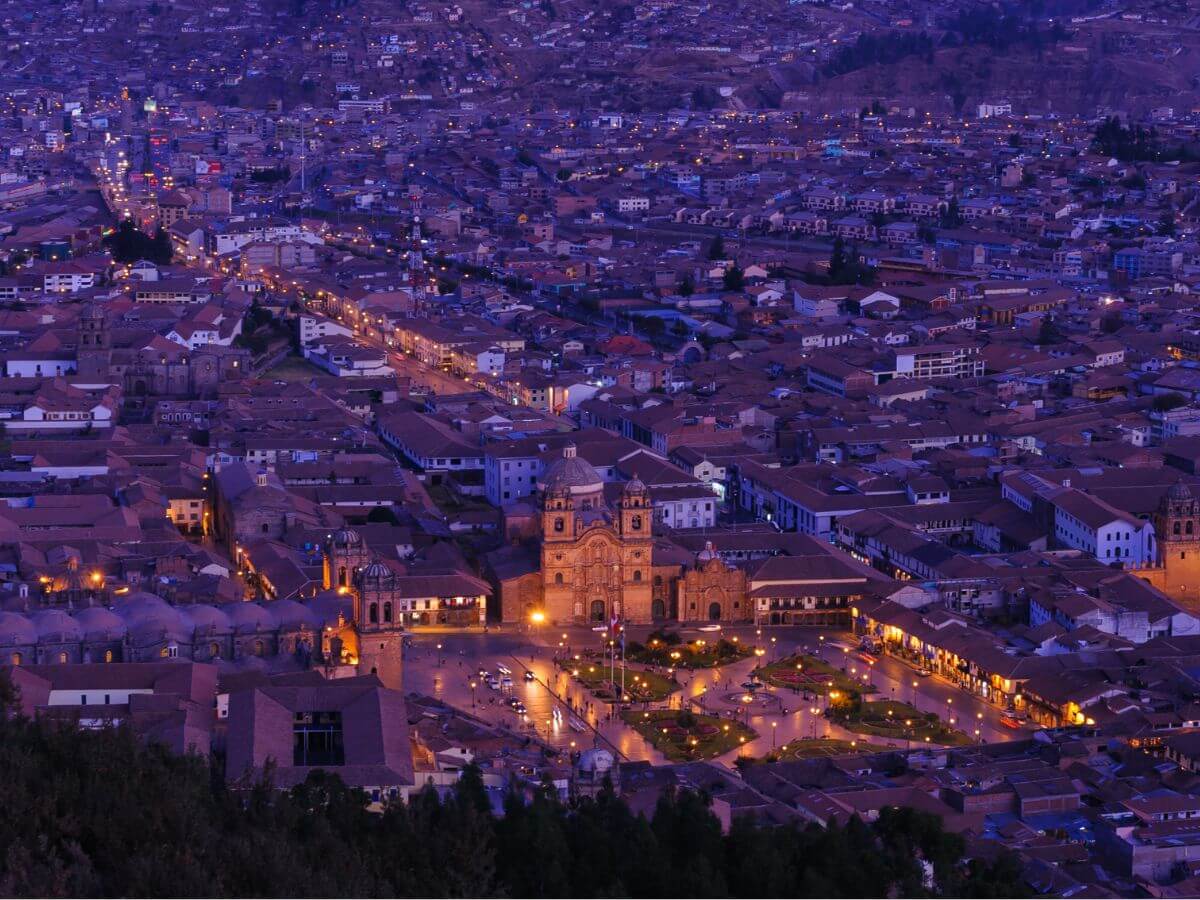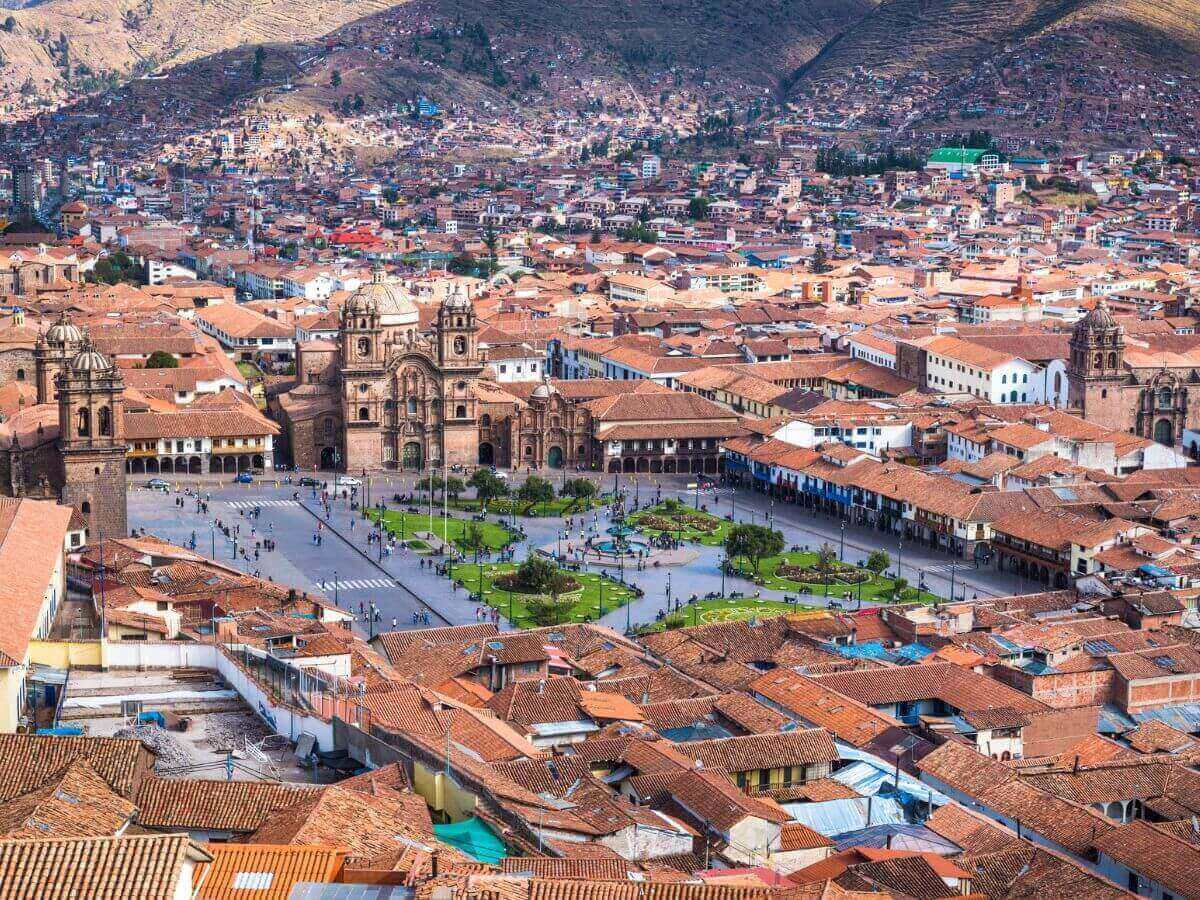The 8 main Real Panacas of Cusco

What are the Real Panacas?
The Real Panacas in the time of the Incas, also known as “Nobility of Blood”, were those families formed for a monarch’s descendants. Each of the panacas, or familiar clans of the high nobility related to the Inca, lived in a kancha or architectonical closed set, with only one entrance door, in the city’s central zone.
The basic institution of the Incas was the ayllus. An ayllu was a set of families that were descendants of an antepast in common, they were united by culture and religion, in addition to the care of agriculture, livestock, and fishing in the same territory. These transcended the nobility so that kinship could establish a lineage, called panaca.
La institución básica de los incas eran los ayllus. Un ayllu era un conjunto de familias que descendían de un antepasado en común, los unía la cultura y la religión, además del cuidado de la agricultura, ganadería y pesca de un mismo territorio. Estos trascendían a la nobleza, de modo que el parentesco podía establecer un linaje, llamados panaca.
The family of each Inca formed a real ayllu that received the name of panaca. The last son of the Inca that not form part of the panaca was the auqui (his heir) due to that day he would one day become emperor and form his panaca.
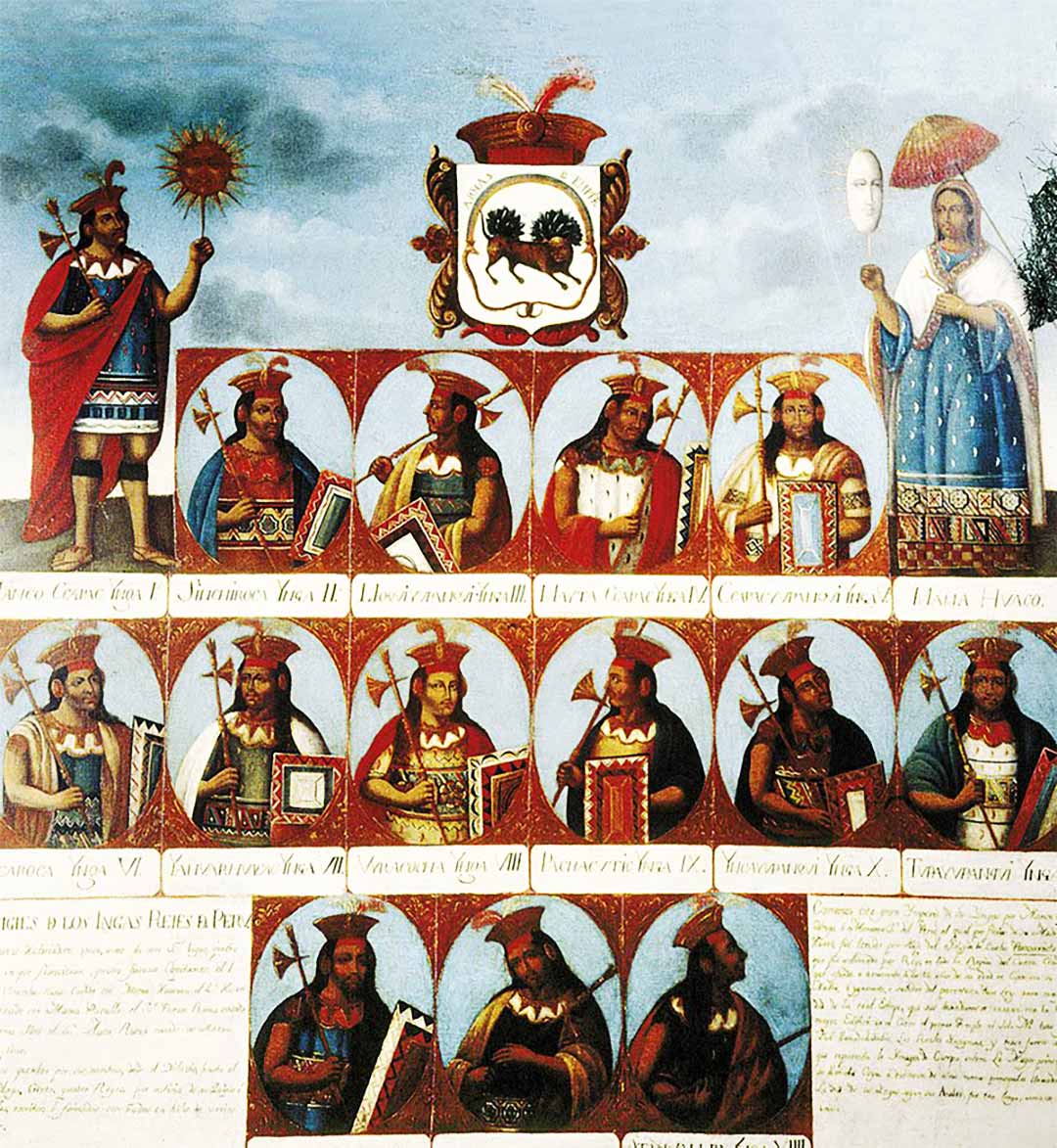
Inca Genalogy made in the XVIIIth century
What was the importance of the Panacas?
The panacas was one of the more important nexos in the administration and social, political, and cultural aspects of the Estate of Tahuantinsuyo. The panacas were important because they were in charge of maintaining the remember of the deceased inca, realized the ceremonies in his name, and care of their property during their lifetime.
The panacas had great influence in the decision making process for the appointment of successors to the Inca position. Remains of the walls and doorways of those palaces have been incorporated into later constructions.
Characteristics of Panacas
Belonging to a panaca in Inca times allowed them the following:
- Not to carry out material work.
- They were exempted from paying tribute.
- They were owners of large tracts of land and estates.
- They had women and servants in charge of the care and to maintain their social estates.
- They practiced polygamy, meaning that they allowed one person to be married to several individuals at the same time.
- They wore fine clothing and plumage with gold and silver ornaments.
- They were educated in the Yachay wasi or “House of Knowledge”.
Panacas reales en tiempos del Tahuantinsuyo
In the ancient Cusco exist 8 real panacas that were principal in the Tahuantinsuyo Empire. The building of the panacas was according to the chroniclers, the following:
1.- Amaru Kancha o “Temple of the Serpent”:
Here lives the ayllu Tumipampa, the lineage of the Inca Huayna Capac. According to historians, Amaru Kancha included an area of the Plaza de Armas of Cusco and the current streets of Matuchaka, Loreto, and Pampas del Castillo.

2.- Pumakurka or “Red Site”:
It was the seat of the great ayllu or Hatun Ayllu of the eleventh sovereign, Tupac Inca Yupanqui, which covered the current streets of San Agustin, Santa Catalina, Arequipa, and Maruri.

Santa Catalina Ancha Street
3.- Hatun Kancha o “Templo Grande”:
Era la sede del ayllu del décimo soberano, Inca Yupanqui. Estarían ubicadas entre las actuales calles del Triunfo, Herrajes, Santa Catalina y Arequipa.

Triunfo Street
4.- K’ asana o “Potrillo”:
It was the headquarters of the ayllu llakapanaka of the Inca Pachacutec. Nowadays they would be between the Plaza de Armas and Plateros, Procuradores and Tecsecocha streets.

Teqseqocha Street
5.- Kiswar Kancha o “Palace of the Kiswar three”:
From the ayllu Sujsu of the Inca Wiracocha. They would be located between the current streets of Almirante, Palacio, and Triunfo.

Cuesta del Almirante Street
6.- Hatun Rumiyoc o “La piedra grande”:
It was the headquarters of the ayllu wekakirau of Inca Roca. It included the current streets of San Agustin, Herrajes, Hatun Rumiyoc, and Choquechaca.

Choquechaca Street
7.- Korakora o “Herbazal”:
It was the headquarters of the Raurau ayllu of Sinchi Roca. According to chroniclers, they were located between the Plaza de Armas and the current streets of Procuradores, Waynapata and Suecia.

Suecia Street
8.- Kolka Pata o “Granero alto”:
Belonging to the headquarters of the Chimapanaka ayllu, the lineage of Manco Capac, located on the slopes of Sacsayhuaman.

Sacsayhuaman Fortress
The main custom of the panacas was to keep the mummies of the deceased Inca, or commonly known as Mallqui, which meant to keep the memory of his life and transmit it from generation to generation. This Inca custom was carried out because they considered the dead as if they were not dead.
Explore many more tourist destinations and facts about Peru in our travel blog and plan your next trip with us!










